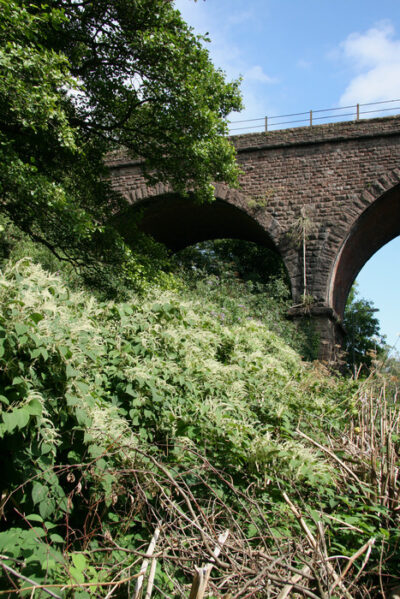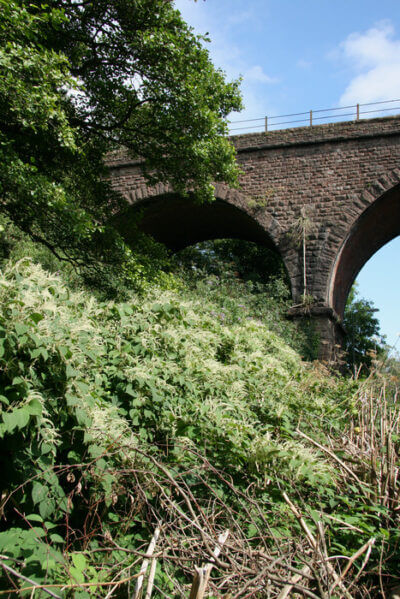Heart-shaped claws
reveal their care –
gnarled fingers
buried deep in
soil and
brick
and
clay.
A ghostly forest,
spreading
shadows long
across naïve
and native
hosts.
Drawing blood from loam
and stone,
tiny fragments
spread their message
thick and fast
until
a gentle, soapy rain descends
unknotting weeds
with glossy hands –
a kinder poison
for leaves we choose
to pluck
and grow.

This poem is inspired by recent research, which has looked at the long-term environmental impact of different methods to control Japanese knotweed.
Japanese knotweed (Fallopia japonica) is an invasive plant species native to East Asia that has spread throughout the world. It is known for its tall bamboo-like stems, heart-shaped leaves, and small white flowers. Despite its seemingly harmless appearance, Japanese knotweed is a notoriously destructive plant that can grow through concrete, brickwork, and tarmac, causing damage to buildings and infrastructure. Its strong roots can also outcompete native plant species, causing harm to ecosystems and biodiversity. It is very difficult to eradicate as even small fragments of the plant can regenerate into a full-grown plant. Its presence can also reduce the value of properties and cause legal issues for homeowners. This can cost over £165 million every year to manage in the UK alone and as sustainability is becoming more important, it is vital to understand long-term environmental impact of different methods to control Japanese knotweed.
In this new study, researchers looked at the entire life cycle and long-term impacts of different management approaches for dealing with Japanese knotweed. Using a life cycle assessment methodology, the researchers evaluated the environmental impacts of various chemical and physiochemical knotweed management methods, including the production of materials and herbicides required to achieve knotweed control. The study found that control methods that spray glyphosate (a broad-spectrum herbicide) directly onto the leaves of plants, used the least materials, had the lowest environmental impacts, the lowest economic costs, and is, therefore, the most sustainable approach to tackle knotweed management. The results of this study further emphasise the importance of carefully considering both the risks and benefits of invasive plant management strategies.
If our reporting has informed or inspired you, please consider making a donation. Every contribution, no matter the size, empowers us to continue delivering accurate, engaging, and trustworthy science and medical news. Independent journalism requires time, effort, and resources—your support ensures we can keep uncovering the stories that matter most to you.
Join us in making knowledge accessible and impactful. Thank you for standing with us!

